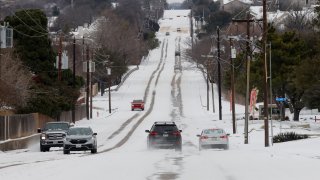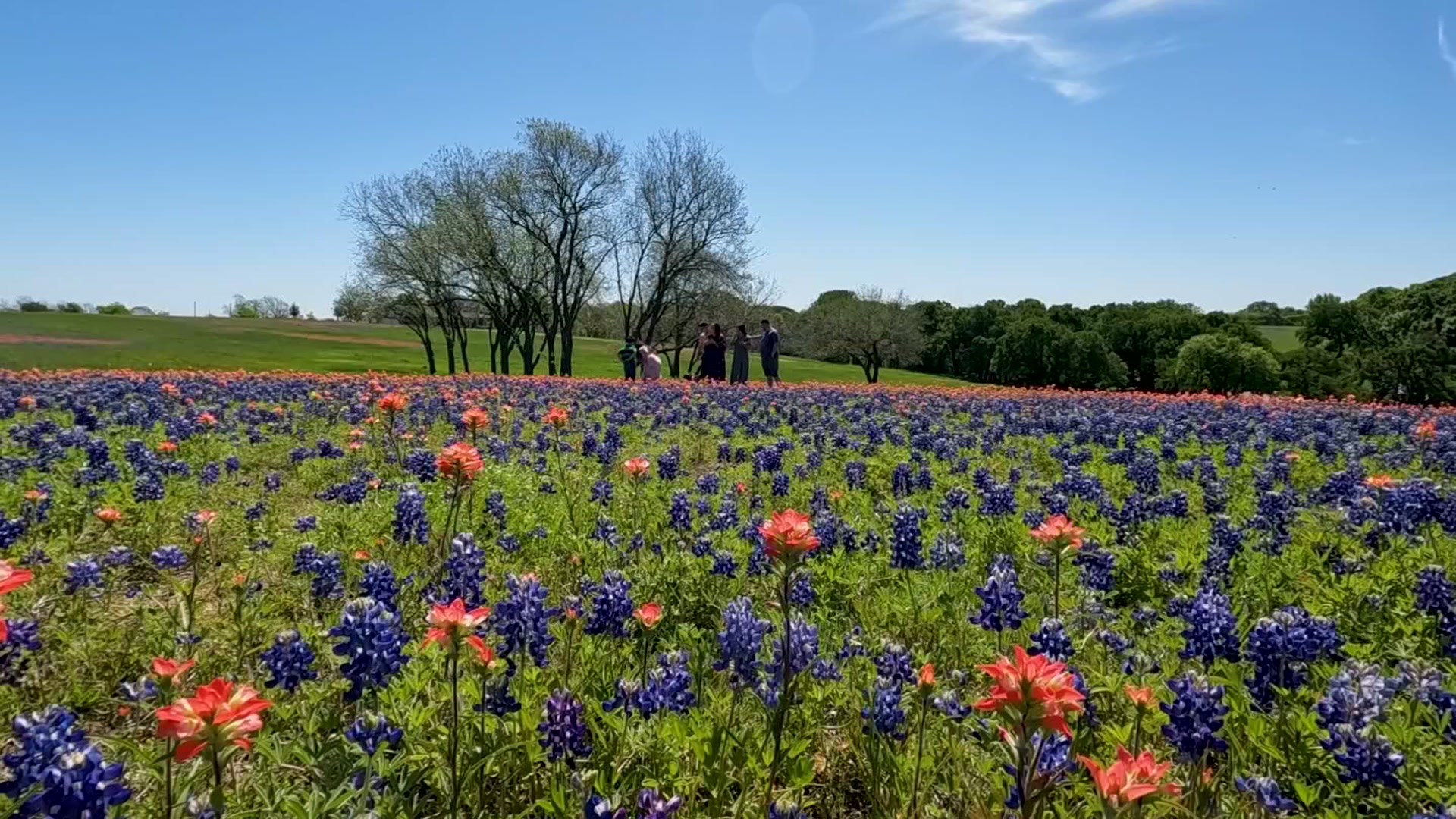
Over a week after severe winter weather in Texas, landowners in East Texas are seeing signs of freeze damage to forest trees.
According to the Texas A&M Forest Service, some of these landowners are concerned that the trees may not make it.
"The most common sign of freeze damage on trees is the turning of needles and leaves from a dark green to a strange reddish-gray color," Eric Taylor, Texas A&M Forest Service Silviculturist, said. "Other than the strange color, the crowns of these trees seem to be fully intact and show minimal breakage from ice loads."
Ice loads during winter storms typically bring physical damage to trees, but February's storm was a different story, the Texas A&M Forest Service said.
Get DFW local news, weather forecasts and entertainment stories to your inbox. Sign up for NBC DFW newsletters.
The Texas A&M Forest Service conducted an aerial timber assessment survey last week over 509,000 acres in East Texas and found no significant damage to the timber resource. Only in confined areas was mechanical breakage or severe bending of forest trees found.
The extreme cold triggered a normal physiological response in the East Texas trees, the Texas A&M Forest Service said.
Needles and leaves of trees that show signs of freeze damage were likely impaired from the formation of ice crystals inside the leaf cell's causing the cells walls to rupture.
Texas News
News from around the state of Texas.
Native trees are adapted to the freeze and responded by shutting off leaves that were no longer functioning, causing a discoloration of leaves. Trees are resilient, the Texas A&M Forest Service said, and they have the ability to produce leaves again when the initial growth is damaged or destroyed.
Landowners may see freeze damage symptoms on some trees, but not all. Tree species differ when it comes to freeze tolerance, and some can tolerate extreme cold better than others, the Texas A&M Forest Service said.
According to the Texas A&M Forest Service, pine species, longleaf, and slash seem to have less tolerance for freeze than loblolly. Shortleaf pines are more resistant to freezing temperatures and seem to be less affected than the other pine species.
Trees along the forest edge or trees that are taller than surrounding trees, with their crowns fully exposed, may also experience greater freeze damage than those that are somewhat protected by other trees.
According to the Texas A&M Forest Service, most trees in East Texas will survive the freeze damage.
"This is another example of how it pays to proactively manage forests," Taylor said. "There will likely be some losses, but if the tree was relatively healthy before the freeze, it should have enough available, stored carbohydrates to set new buds and form new leaves this spring."
If the tree was unhealthy prior to the freeze, then it may not be able to recover or might be the target of insects and disease later this year, the Texas A&M Forest Service said. However, the freeze also severely impacted and reduced insect populations which should provide time for trees to recover their leaves and needles.
Texas A&M Forest Service foresters said that landowners should not panic, adding that damaged trees may have only suffered a temporary setback and healthy trees should produce new growth within a few weeks.



